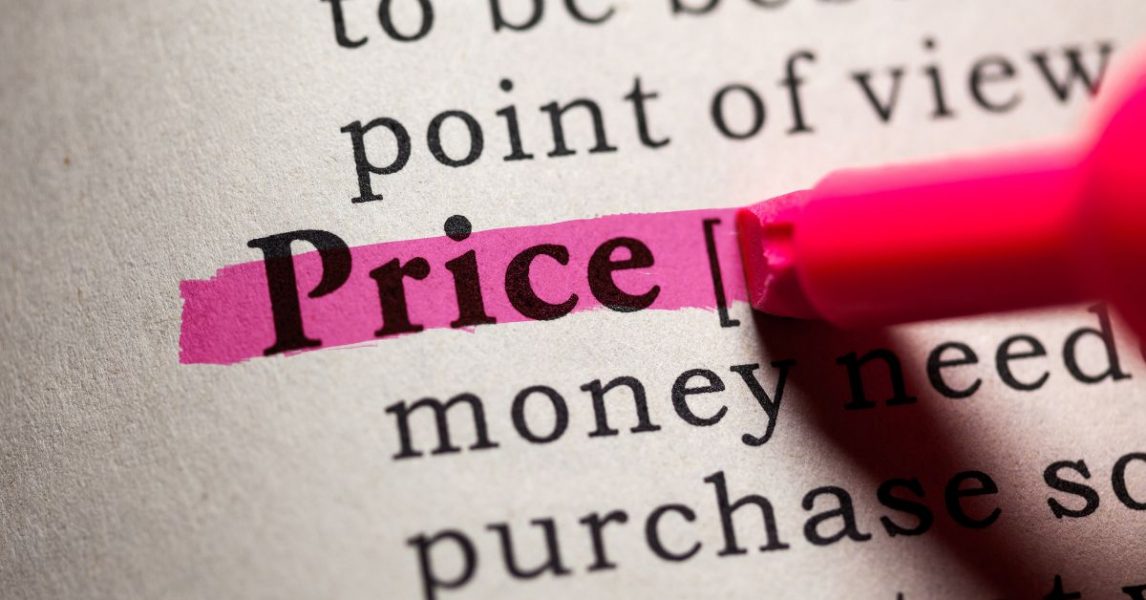As a business owner, pricing your products and services can be a daunting task. You want to be competitive in your industry, but you also need to make a profit. That’s where price benchmarking comes in. By setting the right pricing benchmarks, you can ensure that your prices are competitive while still maintaining your profit margins.
What is Price Benchmarking?
Price benchmarking is a method of comparing prices across different sellers in an industry. It is used to gain insight into the competitive pricing dynamics of an industry and help businesses to price their products accordingly. This allows them to stay competitive and maximize their profits. Price benchmarking can also be used to identify industry pricing trends and anticipate market changes.
Price benchmarking involves collecting data from competitors and analyzing it to understand how their prices compare to the prices of other sellers. This data can be collected from a variety of sources, including third-party marketplaces, websites, and in-store pricing. Once the data is collected, it can be analyzed to determine the average price, the range of prices in the market, and the most competitive prices. This allows businesses to adjust their prices accordingly and stay competitive.
Why are Pricing Benchmarks Important?
Setting the right prices is crucial for eCommerce businesses, as it can have a significant impact on your sales and profitability. If your prices are too high, you may lose customers to competitors who offer lower prices. On the other hand, if your prices are too low, you may not make enough profit to sustain your business.
By benchmarking your prices against industry standards and your competitors’ prices, you can ensure that your prices are competitive and attractive to your customers. Price benchmarking also helps e-commerce businesses to understand the pricing trends in their industry, so they can better anticipate changes and take advantage of them.
How Does Price Benchmarking Work?
Price benchmarking for eCommerce works by tracking the prices of items on different websites and comparing them to one another. This process can be done manually or automated through software. Manual price benchmarking requires a person to check prices on different sites and compare them manually. Automated price benchmarking software can be used to do the same task automatically. The software collects the data from different sites and then compares them to provide the best prices. This helps eCommerce stores to identify any pricing discrepancies or find the best deals available.
After the data is collected, it can be analyzed to understand the competitive pricing dynamics of the industry. This analysis involves looking at the average price, the range of prices in the market, and the most competitive prices.
Once the data is collected and analyzed, it can be used to adjust the prices of the business’ products accordingly. This allows businesses to stay competitive and maximize their profits.
Benefits of Price Benchmarking
There are many benefits to price benchmarking for e-commerce businesses. Here are some of the most important ones:
1. Increased Profits
Price benchmarking can help businesses to identify areas where they can increase their profits. By comparing their prices to those of their competitors, businesses can determine which products and services are overpriced or underpriced. This can help them to make the necessary adjustments to their pricing strategy to increase their profits.
2. Improved Customer Satisfaction
Price benchmarking can also help businesses to improve customer satisfaction. By making sure their prices are competitive, businesses can ensure that their customers are getting the best value for their money. This can help to improve customer satisfaction and loyalty, leading to increased sales and profits.
3. Improved Market Position
Price benchmarking can also help businesses to improve their market position. By making sure their prices are competitive, businesses can gain a competitive advantage over their competitors. This can help them to increase their market share and stay ahead of the competition.
4. Cost Reduction
Price benchmarking can also help businesses to reduce their costs. By making sure their prices are competitive, businesses can reduce the amount of money they spend on advertising and other marketing activities. This can lead to significant cost savings, which can be used to invest in other areas of the business.
Steps and Tips for Price Benchmarking for E-commerce
Price benchmarking can be a complex and time-consuming process, but it is essential for e-commerce businesses that want to stay competitive. With that in mind, here are some tips for effective price benchmarking:
1. Start by Identifying Your Competitors
The first step in any price benchmarking process is to identify your competitors. This can be done by using online search tools or by speaking to industry experts. It’s important to remember that your competitors don’t have to be in the same industry as you; they just have to offer similar products or services. Once you have identified your competitors, you can begin to compare their prices to yours.
2. Gather Data on Prices
The next step is to gather data on prices. This can be done by conducting online research, speaking to industry experts, or visiting competitor websites. It’s important to remember to collect data on prices for all of your competitors, not just the ones you think are most likely to be the most competitive. This data should be collected regularly and updated as prices change.
3. Analyze the Data
Once you have collected the data, it’s time to analyze it. This can be done by comparing your own prices to those of your competitors. It’s also important to look for trends in the data. For example, if you notice that one of your competitors is consistently offering lower prices, you may need to adjust your own prices in order to remain competitive.
4. Adjust Your Prices Accordingly
Finally, once you have analyzed the data, it’s time to adjust your prices accordingly. This can be done by increasing or decreasing your prices in line with the competition. It’s important to remember that you don’t have to match your competitors’ prices exactly; instead, you should aim to set your prices at a level that is competitive but still allows you to make a profit.
5. Consider Different Pricing Strategies
When it comes to pricing, there are many different strategies that you can use. Some of the most common strategies include cost-plus pricing, market-based pricing, and value-based pricing. It is important to consider the different pricing strategies and choose the one that is most effective for your business.
How Cluster Can Help Brands
With Cluster, brands can track pricing and promotions across the largest sales channels to present high-demand and relevant items first and access real-time visibility into market share
down to SKU-level and build a strong reputation. Book a demo now!





No comment yet, add your voice below!